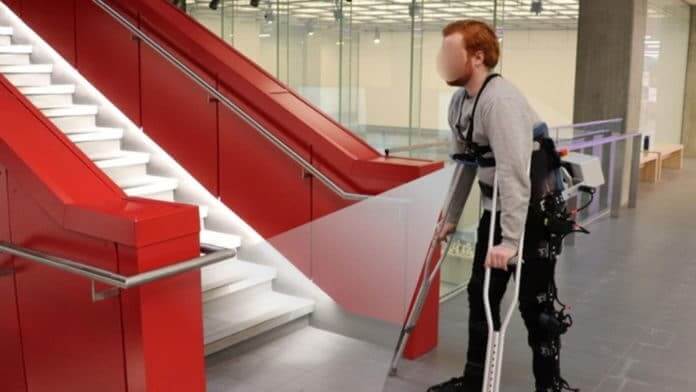
Researchers of the University of Waterloo, Canada, have designed and developed exoskeleton legs having the property of thinking and making control decisions on their own. Such a concept comes into reality by utilizing wearable cameras and applying artificial intelligence technology.
In general, exoskeletons are wearable robots designed to enhance the user’s strength and endurance. In the first place, they received attention in military-focused research, but now they are gaining more attention in the health industry and rehabilitation for those having disabilities. The goal of exoskeleton suits for the disabled is to help people regain their full mobility. In addition to enhancing physical movements, such robotic bodysuits are empowering to the user, restoring dignity and freedom to those who suffer from mobility problems.
Nevertheless, most existing exoskeleton legs must be manually converted to different modes for more complicated tasks, such as stepping over or around obstacles. In the direction of confronting this restriction, the researchers placed onboard cameras and AI-based software to precisely identify stairs, doors, and other features of the surrounding environment.
The next step of the project, ExoNet, aims to send instructions to motors so that robotic exoskeletons can climb stairs, avoid obstacles or take other appropriate actions based on analysis of the user’s current movement and the upcoming terrain. Brokoslaw Laschowski, a Ph.D. candidate that is the leader of the project, stated: “Our control approach wouldn’t necessarily require human thought. Similar to autonomous cars that drive themselves, we’re designing autonomous exoskeletons that walk for themselves.”
Sources:
